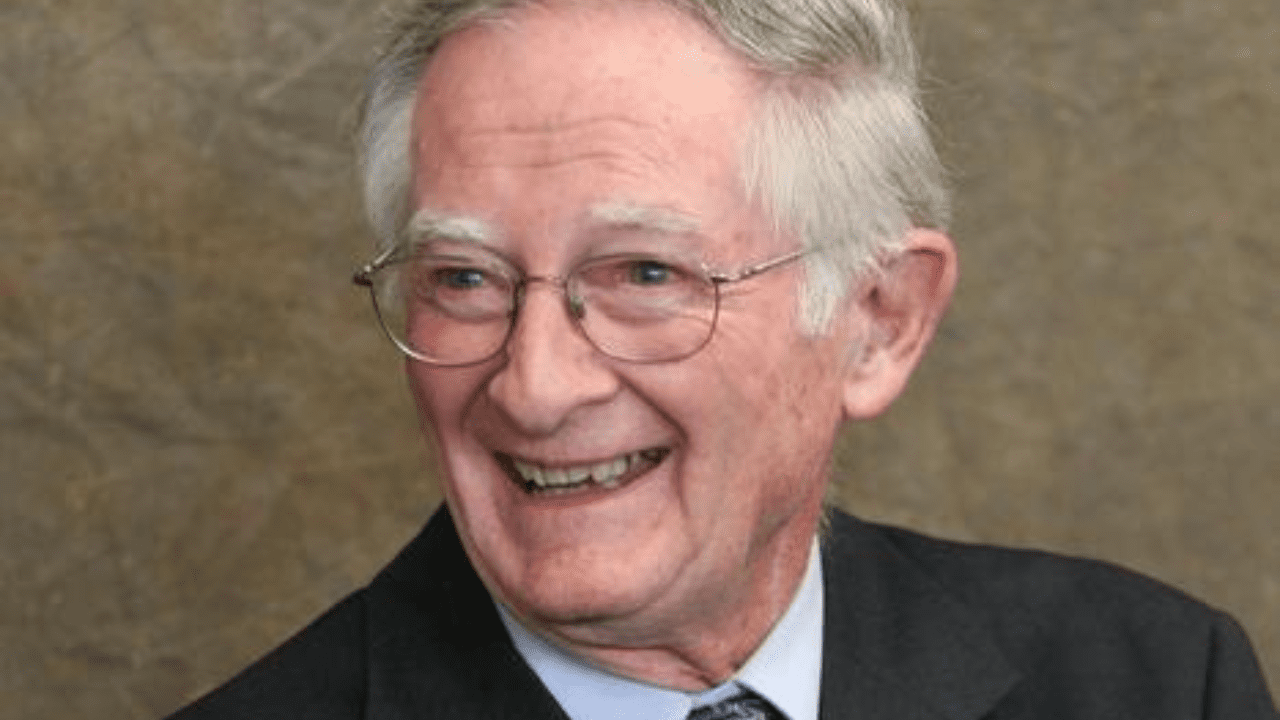A Conversation on Massage in Integrative Health Care with Massage Therapy Program Director
NWHSU | February 02, 2018
NWHSU Massage Therapy Program Director Michele Renee discusses massage in integrative health care for Massage Magazine.
If you have access to see or touch only one small part of an elephant, your point of view is limited, right? It’s the same with health care: Incorporating more parts of the whole and learning from people who touch the various other parts provides us with greater insight and perspective, and allows us to make more informed clinical decisions.
Our clients rely on us to provide some perspective on their well-being. Integrative health care expands our potential to do that exponentially.
My colleagues often refer to me as the embodiment of integrative care, but it wasn’t always that way. It has been a 20-year journey to get here.
A Bigger Scope of Practice
Beginning my career in massage therapy and CranioSacral Therapy back in 1998, I quickly found that I wanted a bigger scope of practice.
I was hungry for more knowledge about the human body, and equally eager to have the ability to counsel people about ways they could improve their overall health and well-being.
I discovered functional medicine, and that was it—I was hooked. I fell in love with the juxtaposition between deeply understanding anatomy, physiology and pathology, while also viewing the body with a vitalistic approach to healing, which Merriam-Webster defines as a “doctrine that the functions of a living organism are due to a vital principle distinct from physicochemical forces.”
We are not machines. We are self-correcting beings, capable of regaining homeostasis and adapting to our environments.
With this fundamental understanding, I set out to gather more knowledge with the intention of helping my patients better understand themselves.
I chose to attend chiropractic school so that I could continue using my hands as my tools. This provided me with the scope of practice I sought: the ability and responsibility to diagnose; the ability to order and interpret laboratory analysis and imaging, and the capacity to create treatment plans that include optimal nutrition and self-care as a centerpiece to well-being.
But when I chose chiropractic care, I was conflicted. I was also smitten with the language and paradigm of Traditional Chinese Medicine (TCM). In this way of thinking, ancient observation of the body and healing methodology helps us see in a totally different system.
Without the aid of diagnostic tests, the ancient doctors and scholars had found a beautiful and unique way to describe the human body and its inner workings. This point of view includes a complete interpretation of body, mind, and spirit, which I have always found to be vexingly missing from allopathic medicine.
Read the full blog here.



